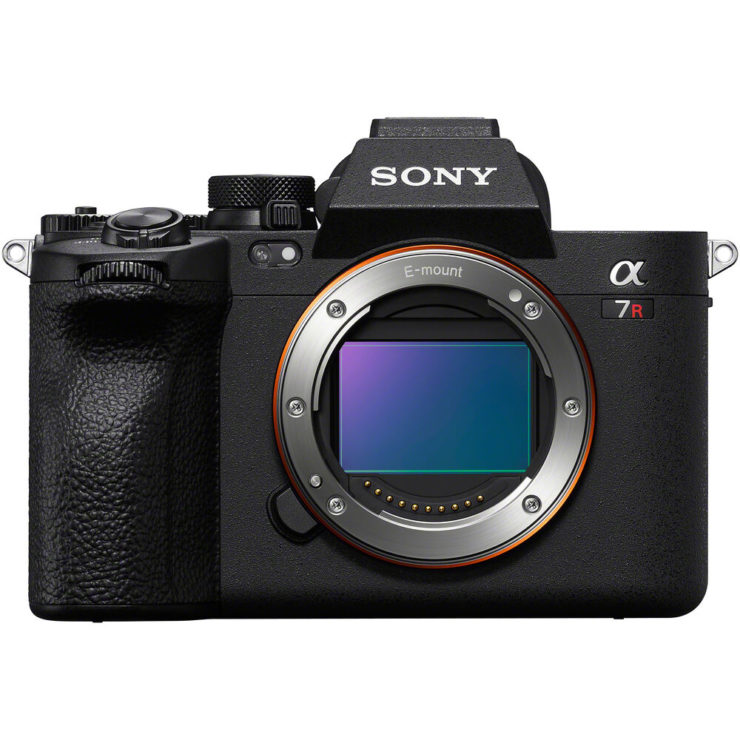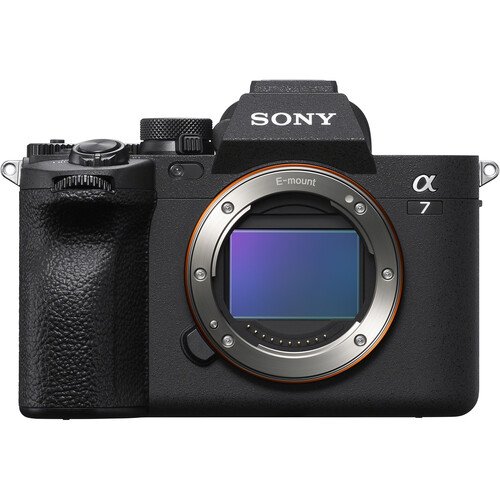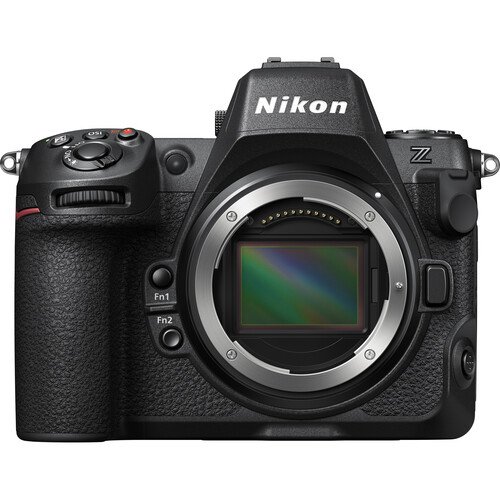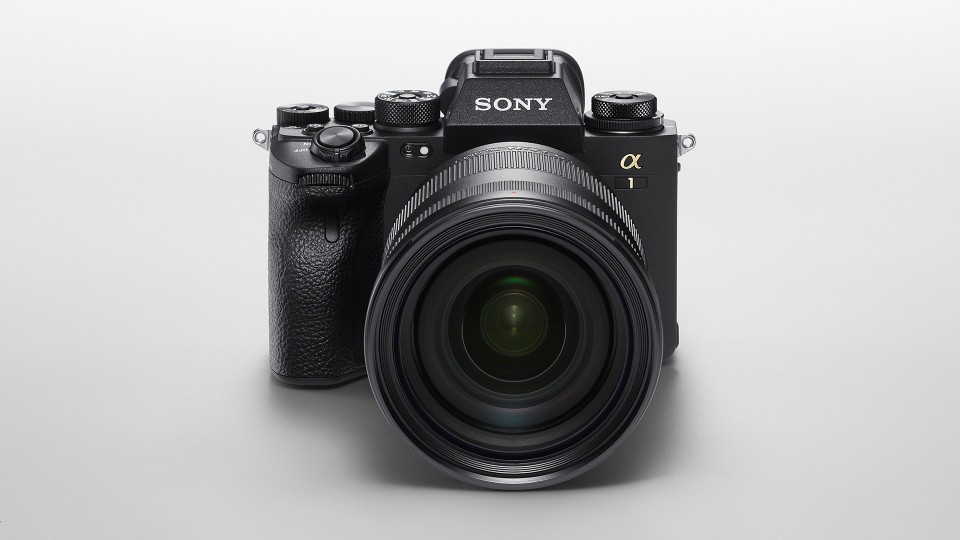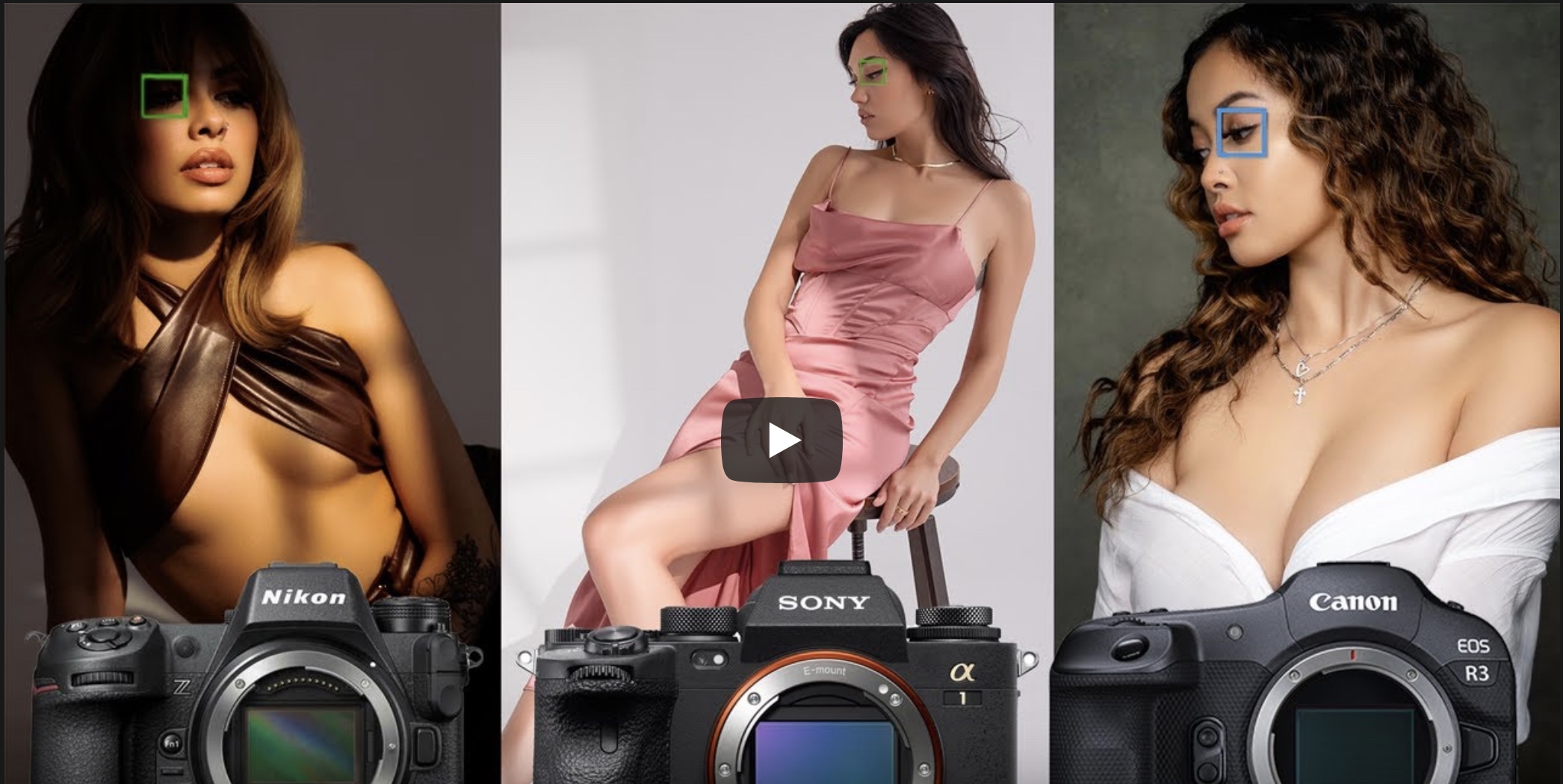Here is a Canon EOS R6 Mark II vs Sony a7 IV comparison review. Sony…
The Sony a7R V “Feels Like A Milestone” in Sony’s History, DPReview
The new Sony a7R V is a very capable camera, and according to the review we are featuring “results can be spectacular”. Read on to learn more.
At a glance:
- 61MP Full-Frame Exmor R BSI CMOS Sensor
- BIONZ XR & AI Processing Unit
- AI-Based Real-Time Tracking AF System
- 8K 24p, 4K 60p, FHD 120p 10-Bit Video
- 4K 16-Bit Raw Output; S-Log3/S-Cinetone
- 9.44m-Dot EVF with 120 fps Refresh Rate
- 3.2″ 4-Axis Multi-Angle Touchscreen LCD
- 10 fps Shooting with AF/AE Tracking
- 8-Stop 5-Axis Image Stabilization
- Dual CFexpress Type A/SD Card Slots
Photographic authority DPReview reviewed the Sony a7R V. All in all a very positive review, with a “Gold Award” and a 92/100 score. Not bad. From their conclusion:
[the a7R V] builds on a camera that was already good, and still improves almost every detail (stills/video switch, menus, video capabilities, screen, faster card slots) to end up being a significantly more complete camera. In that regard it feels like something of a milestone in Sony’s camera history […]If your photography benefits from high levels of detail capture, the a7R V is a camera that will do all it can to help you get the results you want, and those results can be spectacular.
[…]The Sony a7R V is a high resolution mirrorless camera, combining an excellent sensor with a powerful autofocus system in a body refined over multiple generations of improvement. It lends itself to a wide range of photography, from portraiture and landscape work to wedding and events. Its cropped, slow readout 8K video is the only real weakspot in an otherwise hugely capable camera.
Read the review at DPReview
The Sony a7R V sells at $3,898, and can be ordered at B&H Photo | Adorama | Amazon
Exmor R BSI Sensor and BIONZ XR Processor
61MP Full-Frame CMOS Sensor
Featuring a back-illuminated design, this full-frame 61MP Exmor R CMOS sensor offers a mixture of incredible resolution with high clarity, low noise, and a wide 15-stop dynamic range. The sensor’s structure promotes impressive image quality and a copper wiring layer dramatically improves data transmission speed for creating 14-bit, high-resolution 61MP stills with a native sensitivity range from ISO 100-32000, which can be further expanded to ISO 50-102400.
Improved Processing Engine
A new BIONZ XR processing engine offers up to 8x greater processing performance compared to previous generations, which enables faster overall performance, impressive image quality with wide sensitivity and dynamic ranges, and more fluent processing that’s capable of handling a bevy of AI tasks and intelligent AF alongside imaging processes. This processing system also reduces rolling shutter and other motion distortions for clean rendering of moving subjects.
In terms of shooting speeds, the sensor and processor enable up to 10 fps shooting, at full resolution with a mechanical shutter, for up to 583 consecutive compressed raw frames, with full-time AF/AE. If shooting JPEG only, more than 1000 frames can be recorded in a single burst.
Updated 5-Axis Image Stabilization
- Updated for the a7R V, the in-body image stabilization system has been revised to support up to 8 stops of camera shake compensation. This 5-axis stabilization system combines a high-performance gyro sensor with an optimized algorithm for more precise shake control and improved communication between the camera body and lens.
- Additionally, specifically for video, there is also an Active IS mode that adds even more precise stabilization methods for even smoother footage straight out of camera. Also, this digital stabilization system has been updated with a new algorithm that offers the best stabilization performance when paired with select OSS-enabled lenses.
Pixel Shift Multi Shooting
This unique compositing mode allows you to achieve even greater resolution than the 61MP sensor affords. Working in conjunction with the sensor-shift image stabilization, this mode shifts the sensor while making 16 consecutive exposures in order to acquire approximately 240.8MP of information for greater color accuracy and detail than possible with a single exposure, along with an impressive image size of 19,008 x 12,672-pixels. These files can then be merged together during post-production by using the Sony Imaging software suite.
Accurate Exposure and Color
- New auto-exposure algorithm can detect skin area in faces in order to more accurately balance exposures for portraits. This AE method is approximately 20% more reliable, even in backlit or direct sunlight situations, or even when the subject is not directly facing the camera.
- Deep learning technology, along with external visible light and IR sensors, also contributes to more accurate color reproduction and auto white balance processing.
AI Processing Unit
Using dedicated processing, the a7R V’s autofocus is greatly benefitted by more intelligent subject tracking and recognition capabilities along with the reliable hybrid AF system Alpha cameras are known for. Real-time Recognition AF works with seven different selectable target types:
- Human, which tracks body and head positions for accurate portraits. Real-time Eye AF performance has also been improved by 60% thanks to the human pose estimation capabilities.
- Animal, Bird, and Animal/Bird modes are now 40% more accurate for tracking and recognizing a variety of animal types. Recognition of these subjects includes dogs, cats, birds and more, with the ability to pinpoint focus on eyes and recognize animal bodies and heads.
- Insect recognition offers even finer performance with the ability to detect the head or entire insect subject.
- Car/Train and Airplane recognition means the camera can detect the front part of a train, nose of an airplane, or easily detect the entire fast-moving subject.
Real-time Tracking benefits from AI-based subject recognition for following moving subjects, making it particularly well-suited to sports and action subjects. Also, Human pose estimation allows the camera to distinguish between multiple people and maintain focus on the targeted subject; even if someone crosses in front, the camera maintains focus on the key person.

